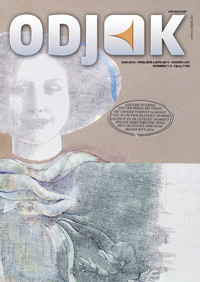
Godine 1989. prvi put sam posjetila vrlo siromašnu regiju na sjeverno od srednjeg toka Žute rijeke. Dok sam intervjuirala lokalne seljake, žena od oko trideset godina, koja je vodila troje djece, pitala me: “Jeste li ikada ‘sredili’ djevojčicu?” Isprva sam pomislila da to pitanje ima veze s brigom o djeci ili s radom u kući. . . “Šta ste rekli? ‘Srediti’ djevojčicu? Šta to, zaboga, znači?” Mislila sam da sam ponovo prečula lokalni naglasak. “Vi čak ni ne znate kako se sređuje djevojčica... a žena ste?!” Ona je bila tajanstvena kao što sam i ja. “Ako vi to ne znate, šta ćete raditi ako je vaša beba žensko? Pustiti da to neko drugi uradi ili šta već?” Ja, ovaj... Ja nemam kćerku.” Još uvijek je nisam razumjela.
More...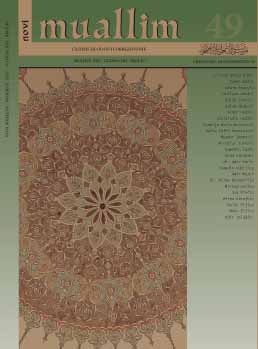
In this article the author discusses to what extent Islamic religious studies text books for the first four years of primary school include the contexts concerning rights of survival and development rights of the child as two of four categories of the rights of the child granted by the UN Convention of 1989. Keeping in mind the importance of the textbook as a teaching instrument, with this research the author is attempting to encourage teachers of religious studies to use the contents of textbooks as a bases for creating teaching events through various teaching methods that would help introduce children to the rights of the child. The author, thus found out that out of 228 teaching units that are contained in the textbook of Islamic religious studies for the first four grades of primary school, 59 units or 25.88 % contain the topics related to the education about the rights of the child to a survival and the rights of the child to a development. This clearly shows the significance of the role of religious studies in education about the rights of the child in primary school.
More...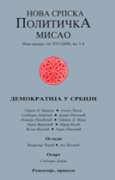
Keywords: Miloševic; Ðindic; democracy; authoritarianism; the electoral arena; the legislative arena; institutions
Classification of Miloševic’s regime as authoritarian, and Ðindic’s government as democratic represents a prevailing oversimplification that misses out the nature and development of democracy in Serbia. The author argues that Miloševic’s regime was a unconsolidated form of democracy because the opposition and elections mattered a great deal in it. Still, it never became a consolidated democracy but rather evolved as a combination of authoritarian and democratic elements. In the second part of the article, the author discusses the first post-Miloševic government headed by Ðindic, concluding that it had also failed in strengthening of institutions, but that this failure, in difference, was due to a misunderstanding of the meaning of economic reforms. This, however, still does not justify the use of authoritarian means.
More...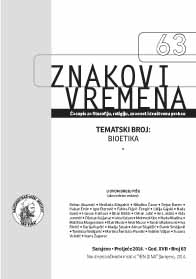
Preuzeto iz: Hassan Hathout: Čitanje muslimanskog uma, Dobra knjiga, Sarajevo, 2013, s engleskog prevela: Naida Hota-Muminović (Naslov članka redakcijski).
More...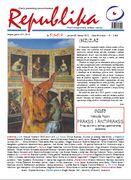
Keywords: nanotehnologija; medicina; tehnologija; molekuli; mikrosvet.
Prema predviđanjima mnogih relevantnih stručnjaka i vizionara, tehnologija koja će obeležiti ovaj vek, biće svakako nanotehnologija. U tehnološkom smislu, operisaće se sa atomima i molekulima, i ova nova tehnologija daće veliki doprinos svim granama društva, posebno medicini, informatici, vojnoj industriji, i dr. Kraj murovog zakona koji se najavljuje, biće platforma za proizvodnju novih čipova od ugljeničnih nano-cevi, koji će pokretati mnoge nano uređaje budućnosti. U razvijenim zemljama već se ulažu velika sredstva za proizvode ove vrste, ali prava implementacija po predviđanjima vizionara kao što je Mičio Kaku, predstoji tek za 50-tak godina. Promena načina života koja nas očekuje, izazov je za sve, tako da ova tehnologija i pored negativnih i nepoznatih efekata, tj. još neistraženih, svakim danom dobija sve veću popularnost kako u naučnim krugovima tako i u svakodnevnom životu.
More...
Keywords: female creativity; symbolism of death and rebirth; Lady Lazarus; resurrection of Phoenix; new woman
The aim of this paper is to demonstrate the inviolability of „female creativity” in the works of Sylvia Plath through the symbolism of death and rebirth. „Lady Lazarus” reflects Plath’s recognition that the struggle between death and rebirth must direct every aspect of poetic structure. The woman in the poem is at the same time a victim and tormentor. She is a female Lazarus who died because of great suffering that the poet equates with the suffering of the Jews who were tortured during World War II. She is a victim of male cruelty, but also a new woman who rises from the flames. Using the myth of the resurrection of the Phoenix, Sylvia Plath shows a woman who stands up against all the men who restrain her. The allusions in the poem to the biblical, historical, political and personal take the reader into the center of a personality (of a woman).
More...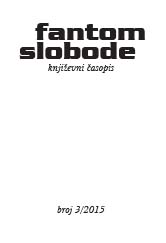
Rekao sam: — Mama, znaš li što se dogodilo? Rekla je: — Ne znam. Pusti me na miru. Tiho sam izašao iz sobe u kojoj je ona ostala čitati novine. Na prstima sam još osjećao ljepilo od današnjeg zadatka na likovnom. Lijepili smo učenike od kolaž papira po zidu hodnika. Nataša je rekla da najviše ličim učeniku s naočalama jer izgleda kao štreber. Nisam ništa rekao, samo sam se okrenuo na drugu stranu i nastavio lijepiti crni papir. Zapravo, dugačku crnu kosu jedne učenice koja je tako lijepo ispala da su rekli da je to Suzana, iako zapravo nije izgledala kao ona jer Suzana nije toliko lijepa — ne kao Iva — ali zato je popularna.
More...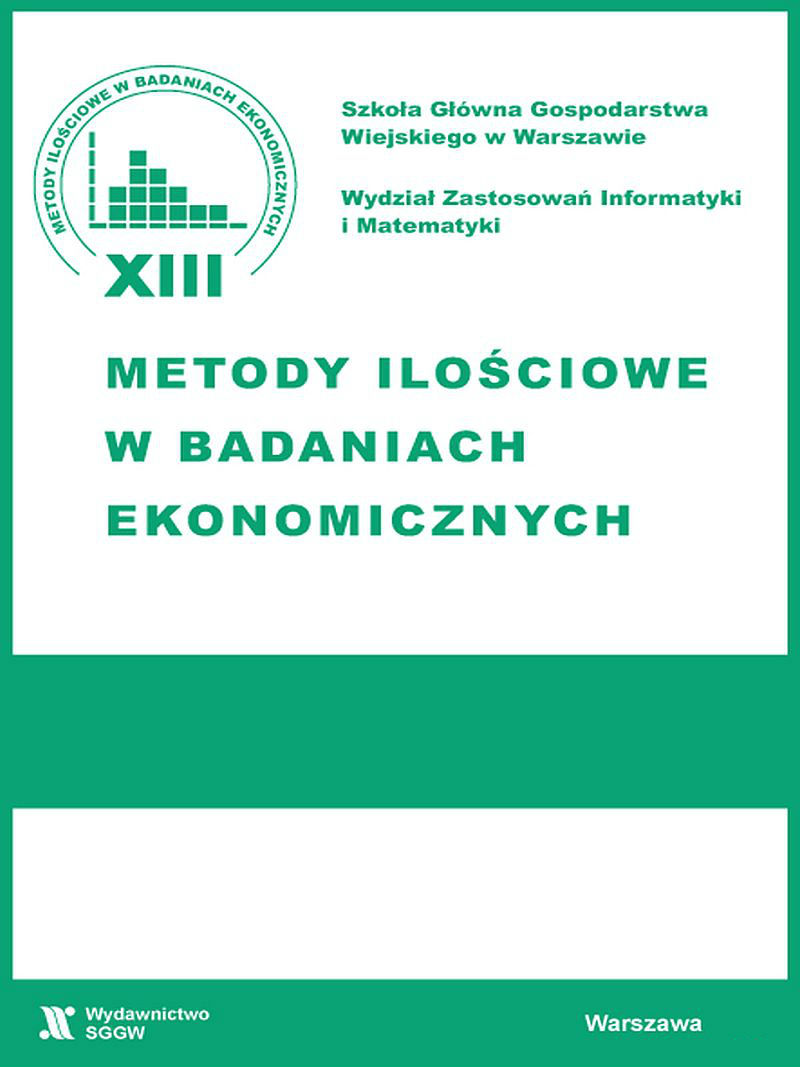
Keywords: agriculture; regions; diversity;
In this study selected multivariate comparative analysis were applied to assess and compare level of Polish regional agriculture in dynamic approach. Study period covered the years 2011-2014. Set of diagnostic features concerned numerous agriculture aspects: sowing area, number of animals, purchase of agricultural products and harvests. Obtained results indicate that agriculture sector in Polish voivodships is highly diverse and changes in are slower comparing to other sectors of the national economy, what result from its specific character.
More...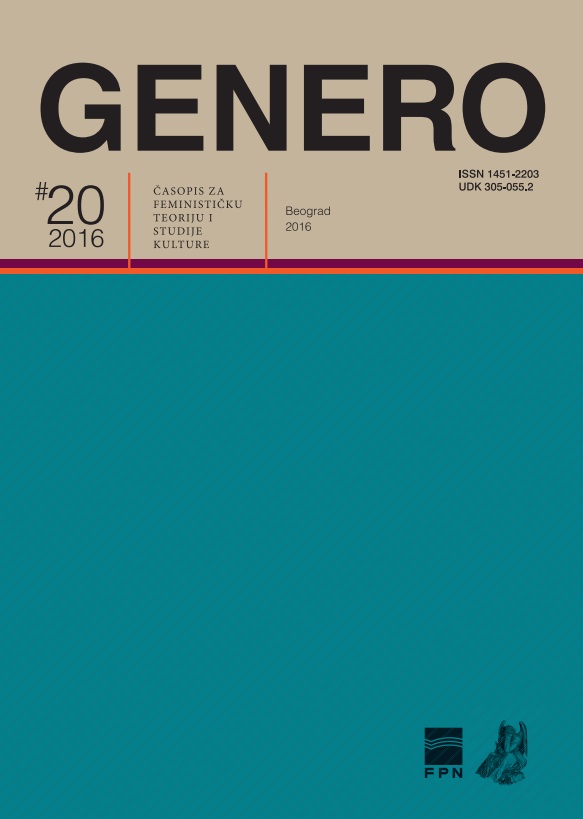
Keywords: Psychoanalysis; feminism; subject and object; intersubjective approach; the function of the mother; the role of the mother
The main focus of the psychoanalytic theory and practice is on the subject, while other important individuals in his or her life, especially the mother, are observed and referred to as objects. For this reason, at the beginning of this paper, special attention is given to defining the following three terms: the woman, the role of the mother, and the function of the mother. These terms were approached from two angles; the ways in which the classical psychoanalytic theory and the intersubjective approach understand these themes were compared. The intersubjective approach offers a perspective that the Other is also a subject, and not a mere object of subject’s needs. Defining the woman as a subject in both theoretical and practical terms opens up the possibility of conveying this attitude to society. The paper aims to highlight the importance of a gender-sensitive approach in psychotherapy. Therefore, the paper offers a theoretical analysis of how we can reinterpret the position of a woman as the one who is in relation (with somebody), rather than exclusively in the socially constructed role as the object of desire.
More...Keywords: business analytics; model of specialized medical biochemistry laboratories as an economic entities; modeling; profit and loss account; profitability;
By measuring the actual effectiveness of a medical biochemistry laboratory’s business operations, we can determine the accounting measure of laboratory’s profitability, where operating expenses of the laboratory are covered by the income generated from the services. A laboratory’s financial report can be based on a profit and loss account, which shows whether or not a business entity, i.e., the laboratory, is making a profit during a particular business period. Methods. Profitability of the Specialized Medical Biochemical Laboratory (Laboratory) of the General County Hospital in Našice, Croatia, was determined using the profit and loss account for 2007. Business success was expressed using the accounting measures of marginal contribution, gross income, and operating income, which could show whether or not the laboratory was operating profitably. This procedure allowed us to identify indicators of successful or unsuccessful business operations of the Laboratory. Results. According to the profit and loss account, the operating profit was 719,926 HRK, i.e., the operating margin was 11.7%, indicating that the Laboratory was operating positively. After subtracting all operating expenses per 100 income units, 11.7 units profit remained from the Laboratory’s core business. Conclusion. The Specialized Medical Biochemical Laboratory of the General County Hospital in Našicegenerated income, i.e., it operated at a profit. The purpose of profit and loss account was to determine the Laboratory operations that had impact on its business effectiveness and could increase the actual profitability. If the laboratory operates at a loss, and no activities are undertaken that would reverse the business toward positive, the analysis may provide information on the cost for the society as a whole ofthe studied laboratory within the existing healthcare system.
More...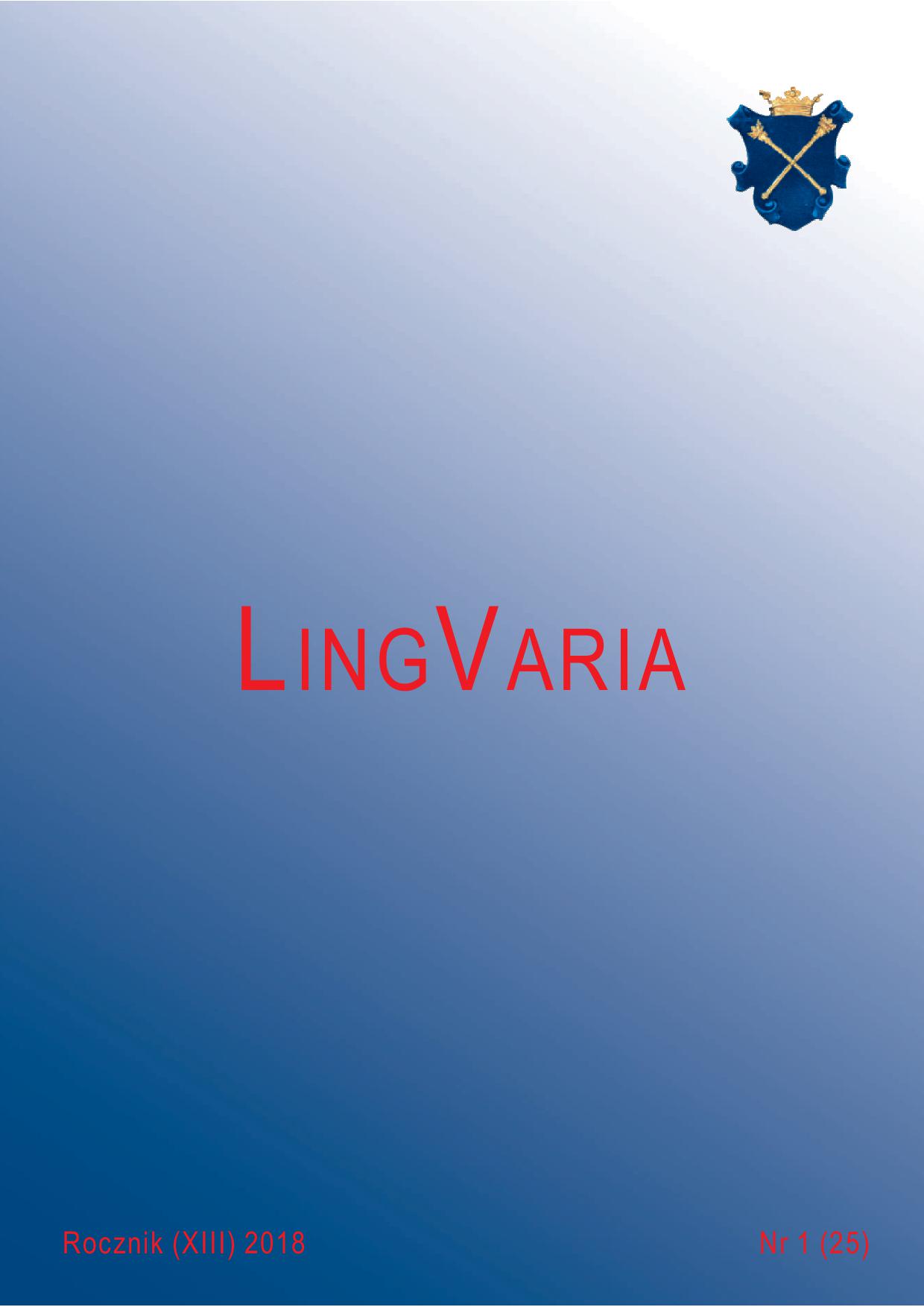
Keywords: etymology; Lemko vocabulary
Research into the language of Lemkos has a long history, and many works have already been published: dictionaries, dictionaries of single villages, atlases, and linguistic descriptions, inlcuding etymological ones, but focusing primarily on the study of foreign influence on the Lemko vocabulary. However, an etymological dictionary is still missing, and its creation is an urgent need. This paper presents the preliminary results of the authors’ efforts in the area of Lemko etymology. Analysed here are words which have not as yet been looked into or which have been considered unclear, and also those cases where the newest etymological findings can provide a substantial addendum or correction of previous etymological attempts. This is the first part of a series of papers devoted to Lemko etymology where we present words beginning with the letters Б–В: банюр, баткати, беба, белей, біхреса, блиндати, бозуля, бортак, бундз, бурко, бурликати, валал, валушний, вантолити, верый, вірґ´ати, высюдати, выхырений, выхраяти ся, востожити.
More...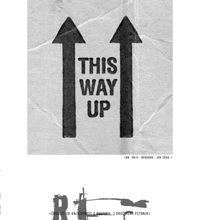
Keywords: Contemporary philosophy; philosophers; trials; endless trials;
Ggrčke tragedije do moderne filozofije razrađuje se i razvija čitava jedna doktrina suđenja. Manje je tragična radnja negoli samo suđenje, te grčka tragedija najpre uspostavlja sud. Kant ne poziva na istinsku kritiku suđenja, jer njegova knjiga, naprotiv, podiže jedan fantastičan subjektivni sud. Prekidajući sa judeo-hrišćanskom tradicijom, Spinoza je taj koji sprovodi kritiku; on je imao četiri velika učenika koji će je nastaviti i dati joj novi zamah, Ničea, Lorensa, Kafku i Artoa. Sva četvorica su lično, pojedinačno, pretrpela suđenje. Spoznali su onu tačku gde se optužba, rasprava, presuda mešaju do u beskraj. Niče kao osuđenik prolazi kroz sve nameštene pansione kojima suprotstavlja jedan grandiozan izazov, Lorens živi sa optužbom za nemoralnost i pornografiju koja pada i na njegov najmanji akvarel, Kafka se pokazuje "dijaboličan u svoj svojoj nevinosti" jer je pobegao od "suda u hotelu" u kojem se sudi o njegovom beskonačnom vereništvu. A Arto-Van Gog, koji je još pretrpeo i suđenje u svom najgrubljem obliku, užasnu psihijatrijsku ekspertizu? […]
More...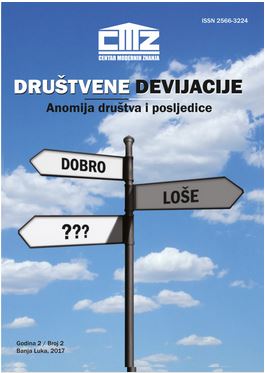
Keywords: cerebral palsy; rehabilitation; psychomotor development; team of experts;
When drafting this paper, when dealing with different authors, it is evident that similar approaches exist in the treatment of children with cerebral palsy in all of these authors. Great emphasis is placed on early detection of damage and as soon as possible involvement in treatment. Early treatment, especially in the first three months, can be achieved in many ways in terms of abnormal or pathological prevention and transition to the normal sample group. For the treatment of cerebral palsy, the choice of the method is not enough, but it is necessary to organize a team work that would include and manage all necessary rehabilitation and educational procedures, orthotic supplies and operative procedures. Teamwork involves a more complex approach and coordination of treatment between different professions. The organization of such work should be carried out according to the principles that will enable the optimal end result, guided by a specific treatment plan. The treatment plan is created specifically for each child. Such an individual approach allows the application of the most specific procedures. All professionals involved in the work, everyone in their area provides maximum help to the cerebrally damaged child. The emphasis of this paper is on the organization of work with cerebrally damaged children, the various treatment options, the relationship between parents and therapists, and what we need to be first in mind, which is the happiness and happiness of children. Statistical data were prepared by the CBR and the services with pre-school, school children and youth in Hospital Cazin.
More...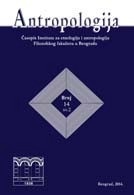
Keywords: Handling babies; traditional culture and contemporary culture; motor development;
In the patriarchal culture of the Serbs children were not regarded as today. Low economic status and hard work in the field meant that mothers carried their babies with them. Baby handling was instinctive, and keeping babies in ljuljkas (a large scarf, used to strap the baby to its mother’s body for carrying around, or to make a hammock) and cradles implied good stimulation of central nervous system and vestibular apparatus. The fast pace of life today, coupled with the desire to have the baby sitting and walking as soon as possible, can have a negative impact on the baby’s development, predominantly because of the use of various aids that frequently impose a certain position upon the baby that hinders its proper motor development at this early age. Comparative method for evaluation of culturally induced concepts in "handling babies" in traditional and contemporary culture. Functional analysis of positive and negative effects in handling children in the past and today.
More...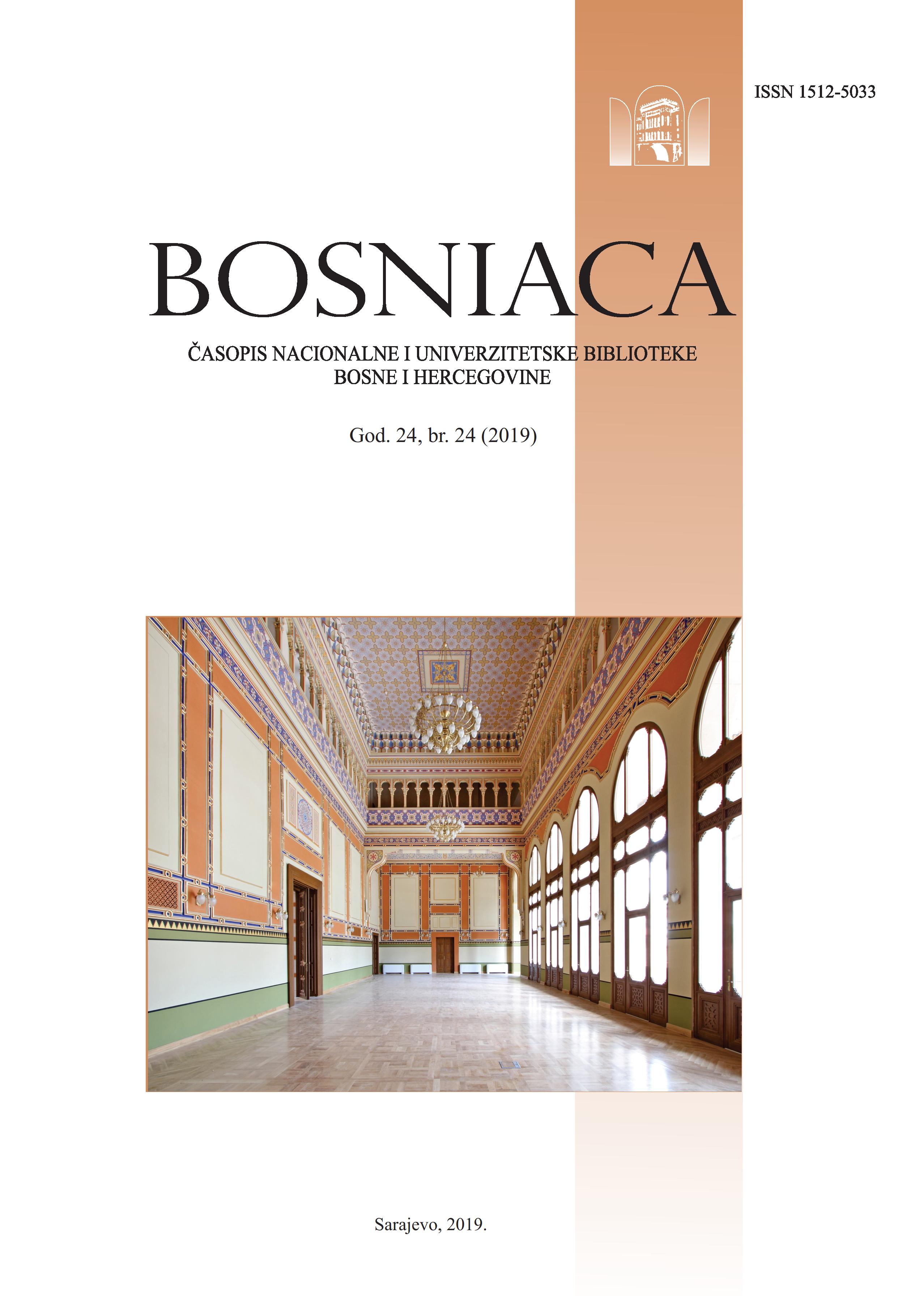
Keywords: information literacy; information literacy meta-competencies; independent course; information literacy course curriculum;
The context of the information society and the knowledge society is a challenge for new education policies, which are adapted to the needs of the labour market. The labour market requires constant improvement and acquisition of new knowledge and skills, which implies a continuous learning process. Meta-competencies of information literacy contribute to the development of creative competences for lifelong learning by educating all participants in educational processes for better, more efficient, purposeful and better use, for building knowledge, relevant information and sources of information, regardless of whether information sources and information are contained in analogue, digital or virtual origin. Such importance of information literacy produces the need to incorporate these meta-competencies, as fundamental ones, into all teaching and science processes. With the further development of information literacy, in the context of changes in society, reforms within higher education, a changed educational paradigm, and ways of learning, it is necessary to define an information literacy curriculum in accordance with the principles of active learning. The aim of the paper is to present a framework curriculum for the information literacy course.
More...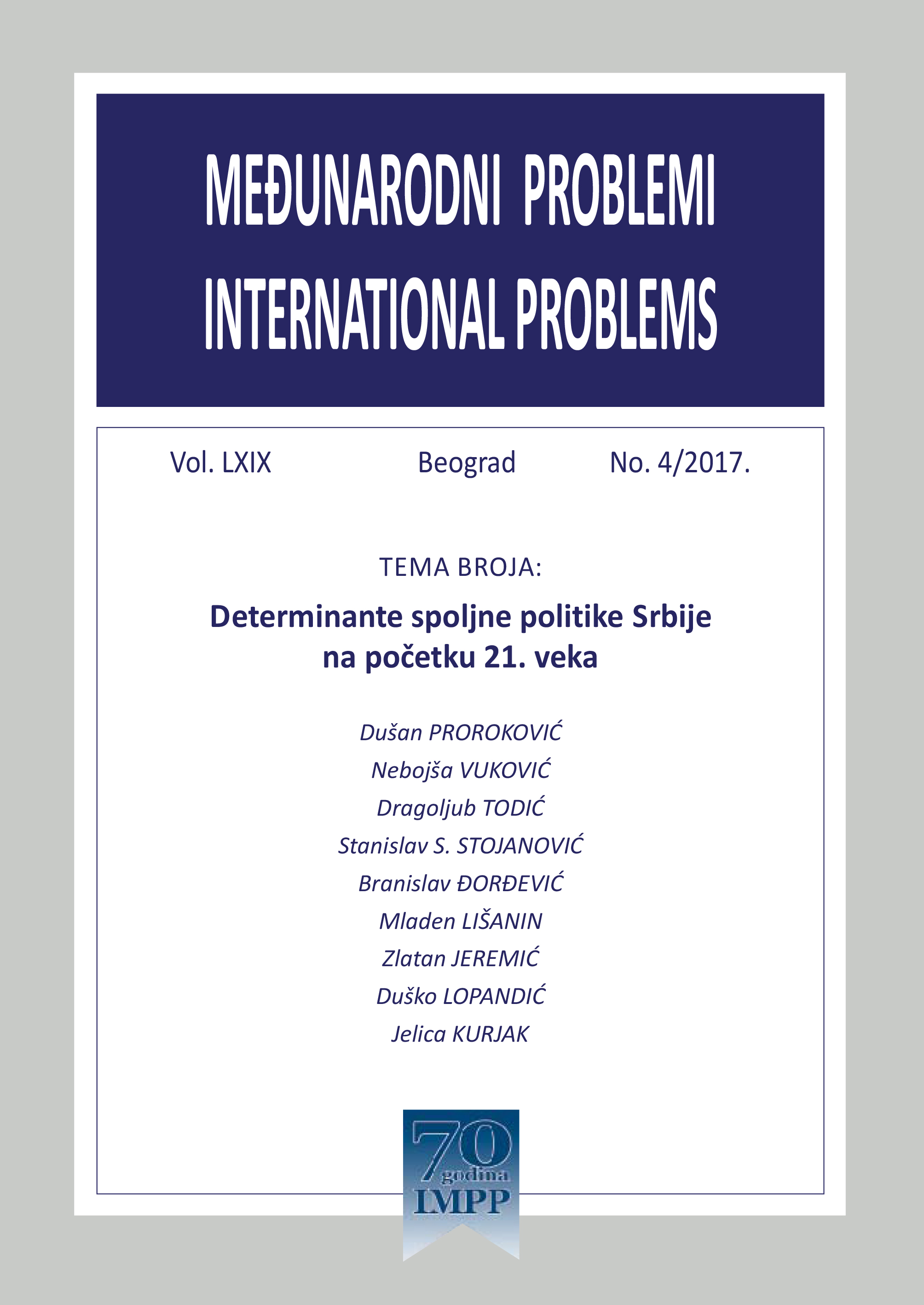
Keywords: demography; geopolitics; demopolitics; foreign policy; Serbia; Balkans
In this paper, the author states and proves the hypothesis that negative demographic trends in the Republic of Serbia, and in Southeast Europe as a whole, can have a significant influence on the pursuing of the foreign policy of both Serbia and its neighboring countries. According to the anticipations of the relevant institutions and individuals-scientists, in the forthcoming decades, Serbia and other Southeast European countries (with the exception of the areas inhabited by the Albanians, although they themselves have also deeply stepped into the process of the so-called demographic transition) may expect to face the continuation of the unfavorable demographic trends – a decrease in the number of the inhabitants and an increasingly older population. The main reasons for the said are the falling rate of natality and migrations of an economic character to the developed countries of the West. Due to that, differently from the previous historical periods, it may be expected that the Balkan countries will, for the first time, change their foreign-policy focus – from managing, acquiring and controlling territories (geopolitics) towards managing, acquiring and controlling the population (demo politics). In other words, Serbia and the Balkan countries can, for the first time, be more focused on their own selves and their most critical demographic-political-safety aspect – their decreasing and increasingly older populations – and less on, historically observed, the traditional goal – the enlargement and control of the territory. This means that, with an increasingly smaller and increasingly older population, the armed conflicts whose basic ambitions would be to change the borders would gradually become increasingly less socially accepted. The author does not consider that the territorial integrity ceases to be an important priority for each one of the Southeast European countries and that geopolitics is completely losing its significance in the Balkans, but he rather asserts that the geopolitical goals that would imply changing the borders are losing their attractiveness in the societies that are rapidly losing their populations. The only exception in that sense is the Albanian ethnic community, whose demographic characteristics partly differ from the Balkan and, generally, European trends. Simultaneously, faced with a decrease in and the aging of their populations, the Balkan countries could find the common basis for a coordinated foreign and safety policy and share costs and resources in facing different safety challenges.
More...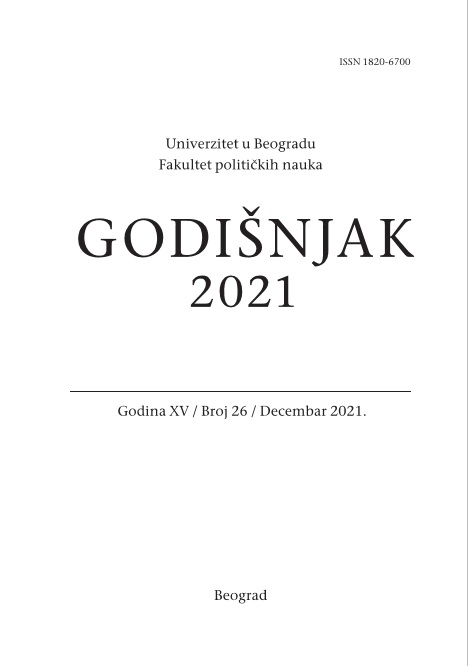
Keywords: psychodrama; sociodrama; sociometry; social group work; values
Psychodrama is an action form of group psychotherapy in which people explore the roots of their problems that are reflected in their interpersonal relations. The creator of psychodrama, J.L. Moreno was one of the founders of the Group psychotherapy. Moreno primarily dealt with socially vulnerable and stigmatized populations, helping them to regain self-esteem as well to find their place in society. He also believed that the whole society needed treatment, and he called it-sociatry analogous to the word psychiatry. The basic postulates of psychodrama contain essential values of social work. In the introductiry part we will present Moreno’s work with certain categories of socially endangered persons and later we’ll consider the possibilities of integration Moreno’s methods into the basic values of social work. In the conclusion, we will provide evidence on the effectiveness of the application of psychodame in the field of social work as well as the advantages for it’s application.
More...